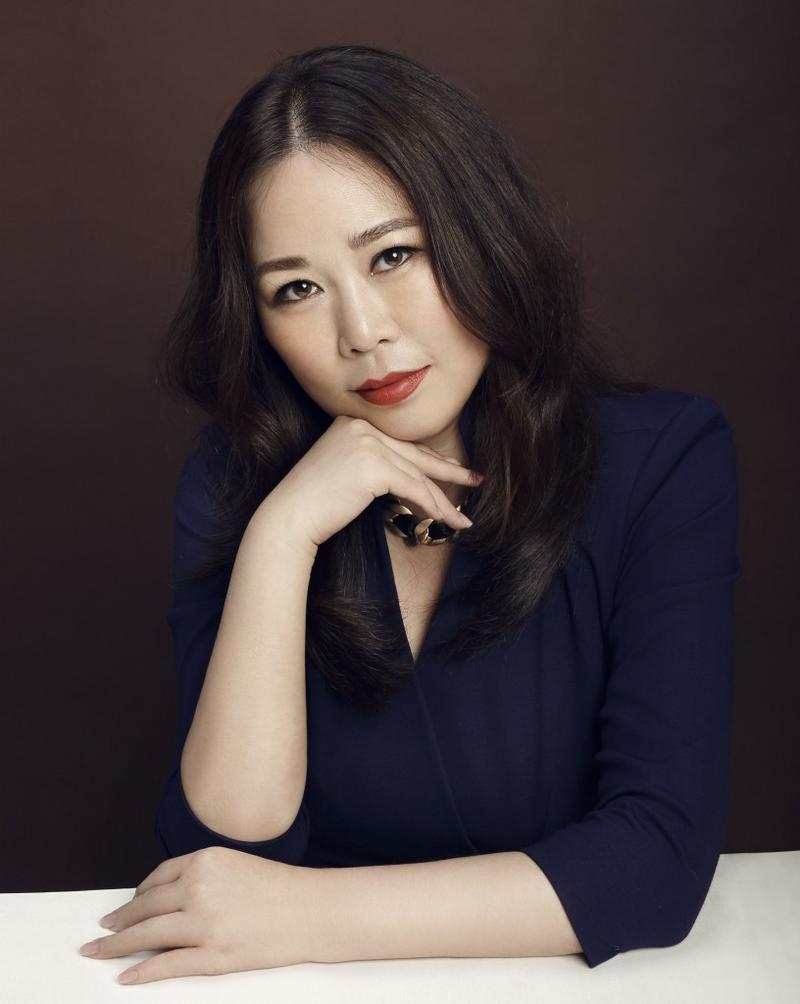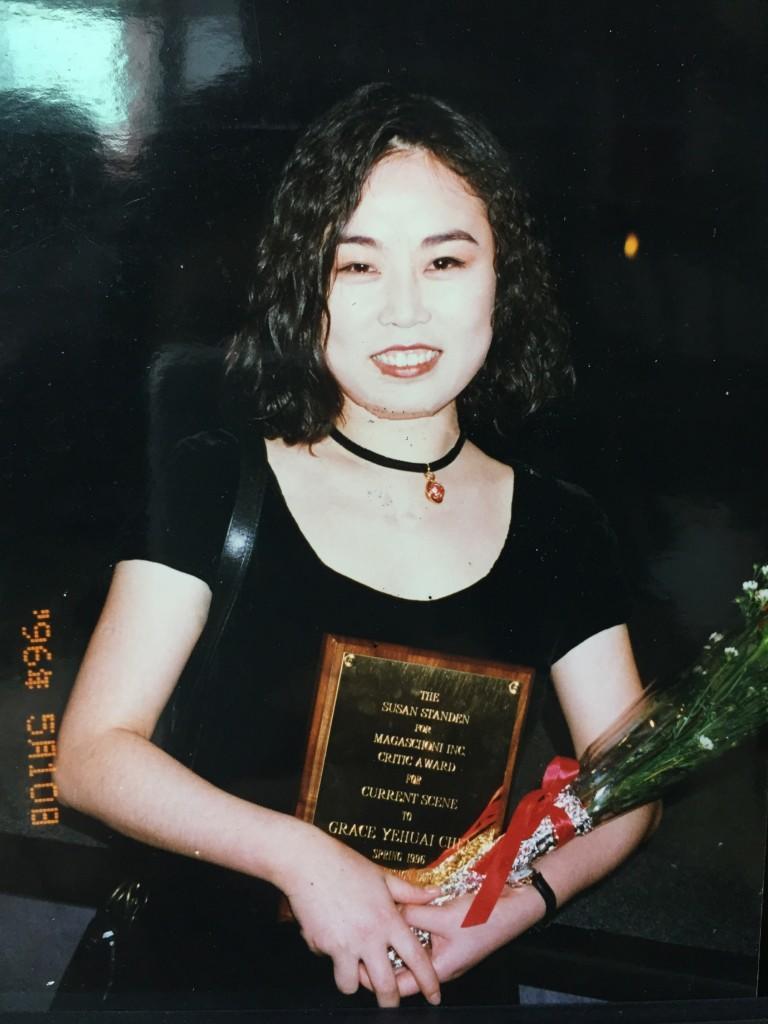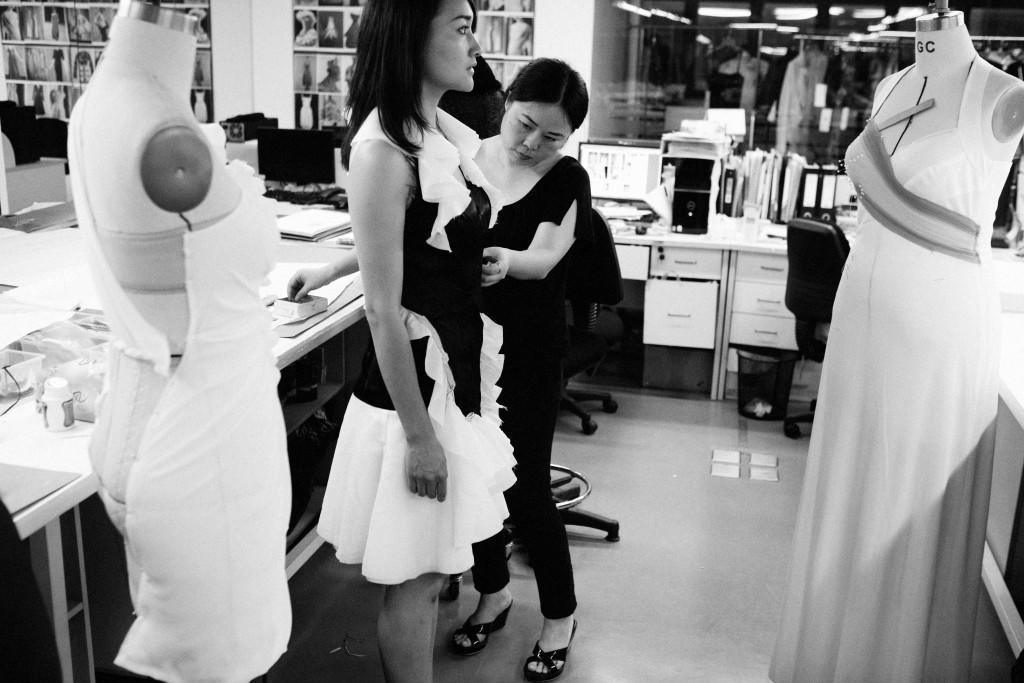Founder's Interview | Grace ChenяМBuilding A World-Class Chinese Fashion House
June 5,2017
Grace Chen was the first student from Mainland China to study at the New York Fashion Institute of Technology (FIT). As such, big names in the fashion industry, including Calvin Klein, Michael Kors and Nina Garcia, are members of her alumni network. After graduation, her career rapidly reached new heights in America. However, when she noticed a gap in the elite formal outfit market in China, she decided to return to her homeland and create her own brand, тGrace Chenт, which is now the favourite of a number of entrepreneurs and politicians in China.
During this interview, she told Luxe.CO about her ambitions for a third adventure in the fashion industry.
Т тIтm diligent at work, while being adventurous at heart.т

The first adventure т goingТ abroad to study at FIT
After graduating with a masterтs degree from the Beijing Institute of Fashion Technology, Chen became a teacher there and her designs were highly praised. However, unusually, she chose to go to America and became a student again т something which was extremely rare in China at the time. She yearned for Americaтs spirit of openness and freedom, as well as its legendary modern history of fashion design. In 1995, she became a student at FIT and in the following year received an award from the Institute.
Even after so many years, Chen still thinks highly of her experience of studying and working in the States. She told us that the strong business-oriented teaching methodology had benefited her greatly: тFIT taught me that in the founding of your own brand, the founder plays more than the role of a designer. You also have to know how to manage people, and have a deep understanding of the market too. Just knowing how to design and creating a brand concept is far from enough.т

(Above: Chen was the first Chinese student to receive an annual award from FIT).
Т тIf you want to build your own brand, I suggest that you spend half your time learning about business, or even psychology, history and art history. Only by doing so, will you have control over the destiny of your company, rather than depending on luck or your team.т
The well-acclaimed fashion business book, The Fashion Designer Survival Guide, suggests that every designer should work for another company for a while before creating their own brand. Chen offers a good example of this. After graduation, she worked for a gown manufacturer, ZumZum, as a designer, before joining Halston. She then became the design director and managing director for Tadashi Shoji. The six years she spent at Tadashi Shoji had a great impact on her, as the Japanese owner of the brand attached great importance to the technical side, and the brand placed emphasis on the design of the pattern, which can massively affect the apparent body shape of the wearer.

The second adventure тТ become a fashionТ entrepreneur
Chen had an impressive record at Tadashi Shoji, so the company assigned her the task of growing the Chinese department. She became the general manager of Tadashi Shoji China, playing a part in production and in R&D, and trained a number of talents who are still at the top of the industry in China. When she left the company, there were more than 200 employees working at the Chinese headquarters.
Chenтs younger sister, who was working as a senior interpreter for the Chinese Ministry of Foreign Affairs, was her muse. She often shared with Chen her and her friendsт opinions on fashion, which led to Chen realising that there was a gap in the Chinese market for fashion for high-powered workers like her sister. As a result, she decided that she would create clothes for this audience: тI was confident that people would appreciate my designs. I was familiar with the tastes of female professionals. There were many options on the Chinese fashion market, but very few were elegant, practical and of good quality.т
Which designs are classical Chinese ones? Do they have to have Chinese elements such as Chinese button knots or standing collars? Chen has her own answer to this question: тThe designs that look best on Chinese people are classic Chinese designs.т To create a classic and elegant fashion brand for Chinese people, which is also affordable, is Chenтs long-term ambition. This was the beginning of her third adventure.

(Above, Chen at GREAT Festival of Creativity)
The third adventure т build upТ a ChineseТ CoutureТ Brand
Chen believes that itтs important to appeal to the top group of customers т they are the trendsetters and others will follow their lead. Chen currently has a premium group of customers, formed of entrepreneurs and influential politicians. The most important trait of these customers is that they not only have good taste, but they also have great confidence. тConfidence is scarce among Chinese people. We donтt know what we want. I donтt want to just follow our so-called тnational designsт. The most important thing for any item of clothing is to make the wearer look nice, regardless of its style.т
Т тBeing the first in the market brings a better chance of success compared to having to compete with existing brands. There are too many brands with different characteristics competing with each other in just 20% of the market.т
Chen is so confident that she believes that every brand she creates will be successful, and investors see her potential too, especially in terms of her market share. When asked how she persuades investors to invest in such a traditional industry, she laughs and says: тIt would be crazy for them to give up on bricks and mortar. Demand is huge because people are not satisfied with the range available on the market.т
Chen has wisely discovered a gap in the market and realised that itтs easier to fill in the gap than to participate in the competition. Like Ralph Lauren, through many years of hard work she hopes to build an empire with multiple product lines and categories. Chen plans to expand her brand from serving entrepreneurs and politicians to serving the middle class, and ultimately aims to create mass-market brands, as Uniqlo and Gap have done, enabling every member of every Chinese household to find suitable clothes among her products. This has always been her dream.












Comments